GS1 QR Code
Create basic or advanced GS1-compliant QR Codes for your products
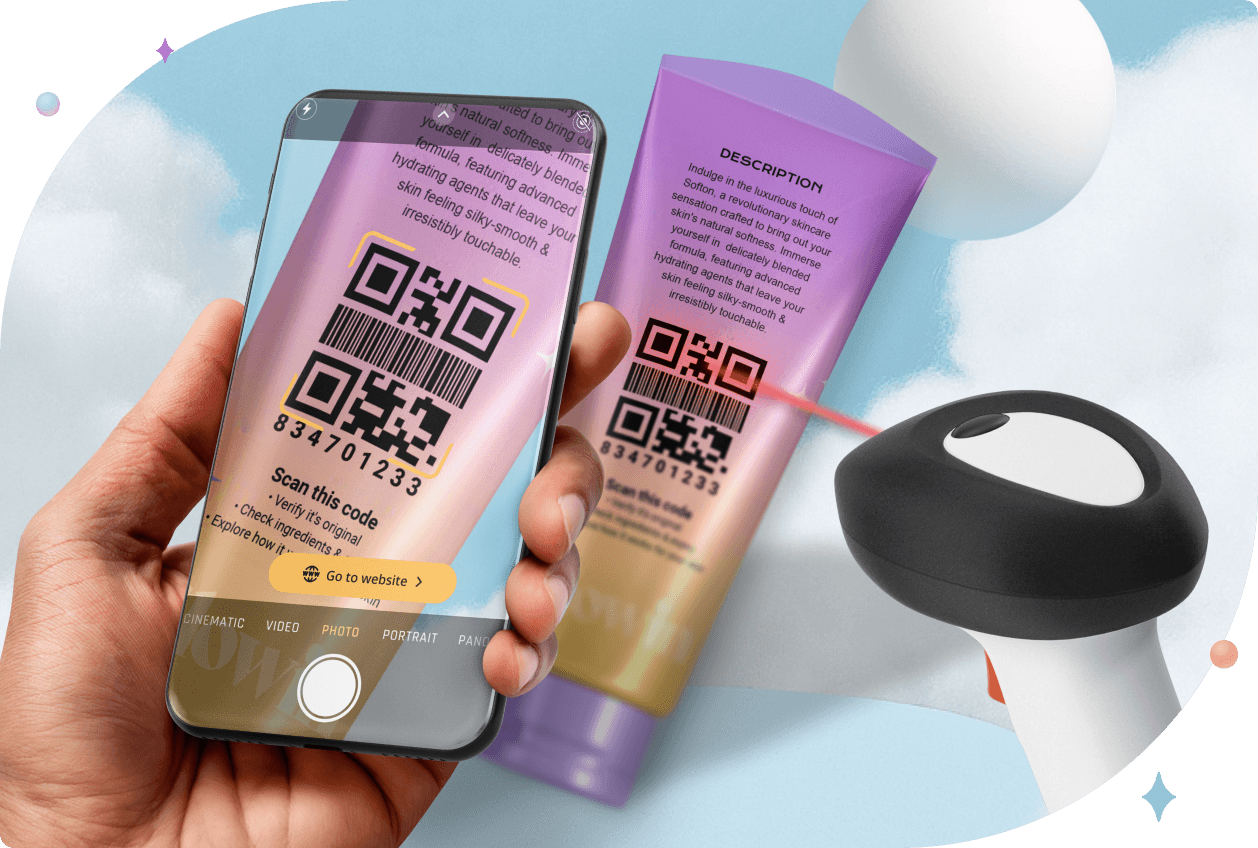
What is a GS1 QR Code?
Global Standard 1 (GS1) QR Code is a 2D barcode that adheres to GS1 Digital Link standards, enabling businesses to encode much more information—Global Trade Item Numbers (GTINs), batch numbers, expiration dates, and more—than standard barcodes. These codes can be scanned by POS systems as well as smartphones.
The GS1 Sunrise 2027 initiative mandates transitioning from traditional barcodes to GS1 QR Codes by 2027. This shift aims to enhance product identification and tracking across global supply chains, ensuring better data accessibility and interoperability.
Streamline operations, ensure compliance, and
boost customer engagement with GS1 QR Codes
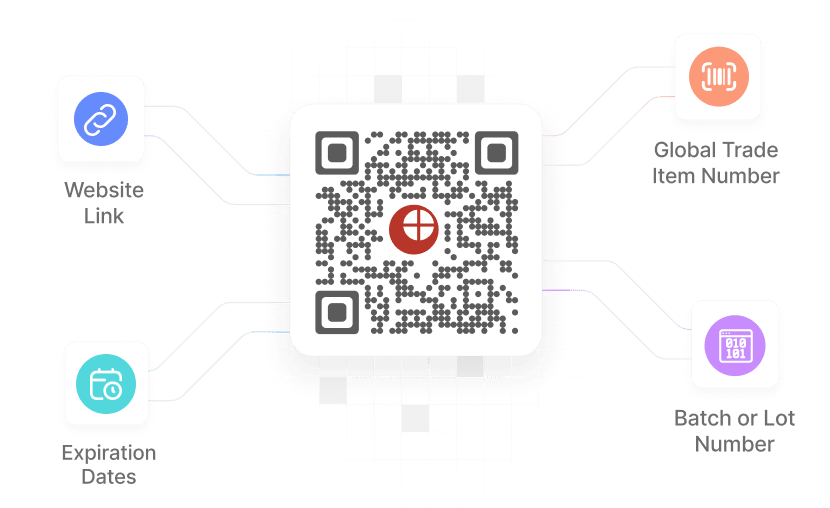

GS1-Compliant QR Codes
GS1-compliant QR Codes adhere to the GS1 Digital Link standards and can encode essential product information like GTINs, batch numbers, website link, expiration dates, and promotional content. These QR Codes are designed to integrate smoothly with existing systems—improving inventory management, enabling real-time tracking, and ensuring accurate product identification.
GS1-compliant QR Codes adhere to the GS1 Digital Link standards and can encode essential product information like GTINs, batch numbers, website link, expiration dates, and promotional content. These QR Codes are designed to integrate smoothly with existing systems—improving inventory management, enabling real-time tracking, and ensuring accurate product identification.
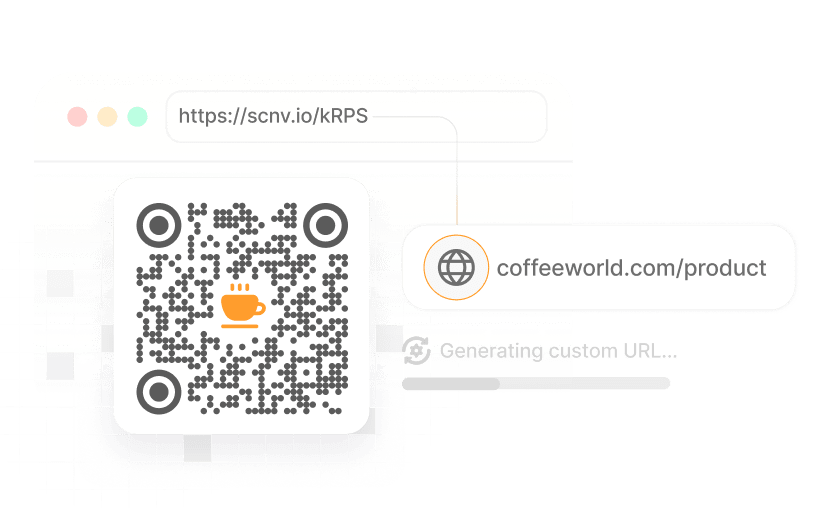

Domain Flexibility
Take control of your brand experience and generate maximum impact. With Scanova, choose a domain that best represents your brand—use the recognized GS1 subdomain, Scanova's default domain, or your own custom domain to create a fully branded experience and provide a seamless transition for customers accessing product information.
Take control of your brand experience and generate maximum impact. With Scanova, choose a domain that best represents your brand—use the recognized GS1 subdomain, Scanova's default domain, or your own custom domain to create a fully branded experience and provide a seamless transition for customers accessing product information.
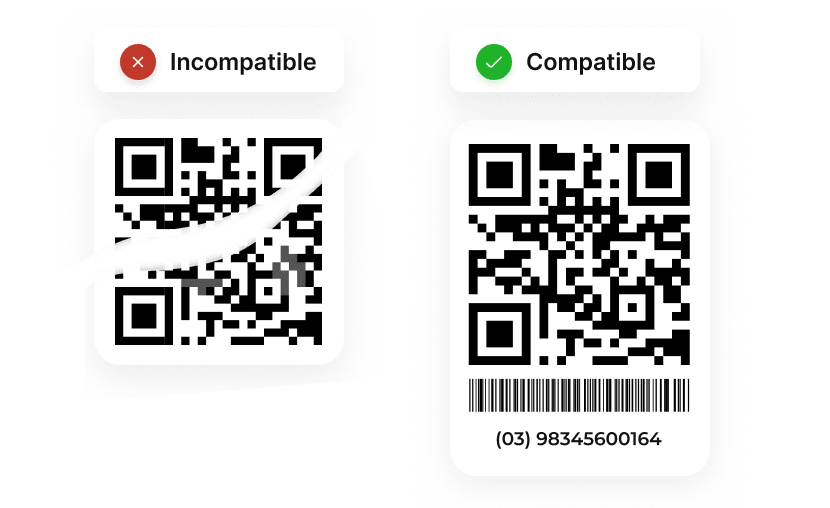

Backward Compatibility
Maintain backward compatibility by easily adding product serial codes directly beneath the GS1 QR Code, providing a secondary identification method for older scanning systems or in cases where the QR Code is damaged. By incorporating serial codes, you future-proof your labeling strategy, making it easier to adapt to technological changes without reprinting or redesigning.
Maintain backward compatibility by easily adding product serial codes directly beneath the GS1 QR Code, providing a secondary identification method for older scanning systems or in cases where the QR Code is damaged. By incorporating serial codes, you future-proof your labeling strategy, making it easier to adapt to technological changes without reprinting or redesigning.
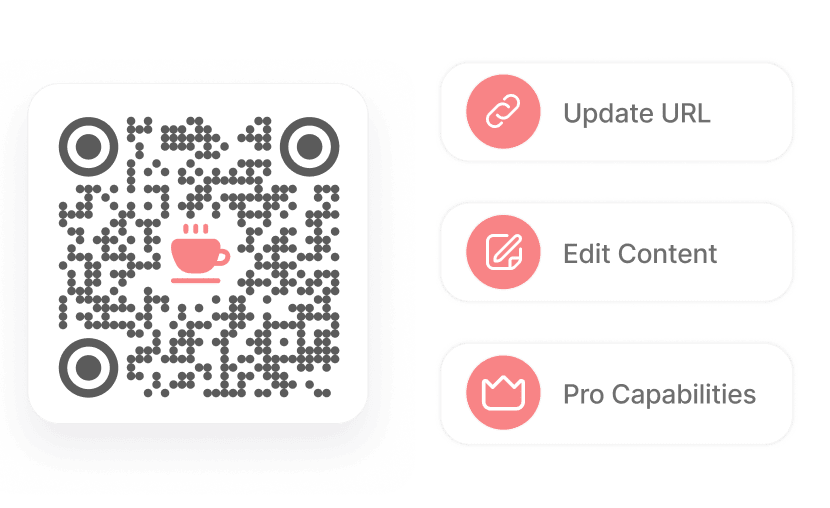

Editability
Scanova’s Dynamic GS1 QR Codes offer unparalleled flexibility. Dynamic QR Codes allow businesses to update the URL or content linked to the code even after it has been printed or shared. This feature is particularly useful for seasonal offers or product changes. Note: To create Dynamic GS1 QR, user needs to select Scanova resolver or Scanova-managed custom domain.
Scanova’s Dynamic GS1 QR Codes offer unparalleled flexibility. Dynamic QR Codes allow businesses to update the URL or content linked to the code even after it has been printed or shared. This feature is particularly useful for seasonal offers or product changes. Note: To create Dynamic GS1 QR, user needs to select Scanova resolver or Scanova-managed custom domain.
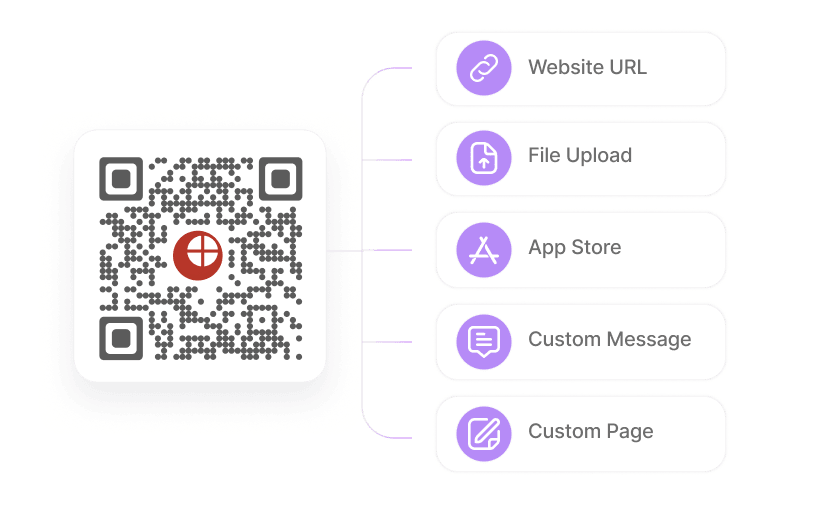

Resource Linking
Scanova enables businesses to link GS1 QRs to various resources based on requirements. This means that an app store link, a website URL, or even a file can be linked to the GS1 QR Code—allowing the target audience to access relevant information tailored to their specific needs, streamlining information access and eventually boosting engagement.
Scanova enables businesses to link GS1 QRs to various resources based on requirements. This means that an app store link, a website URL, or even a file can be linked to the GS1 QR Code—allowing the target audience to access relevant information tailored to their specific needs, streamlining information access and eventually boosting engagement.
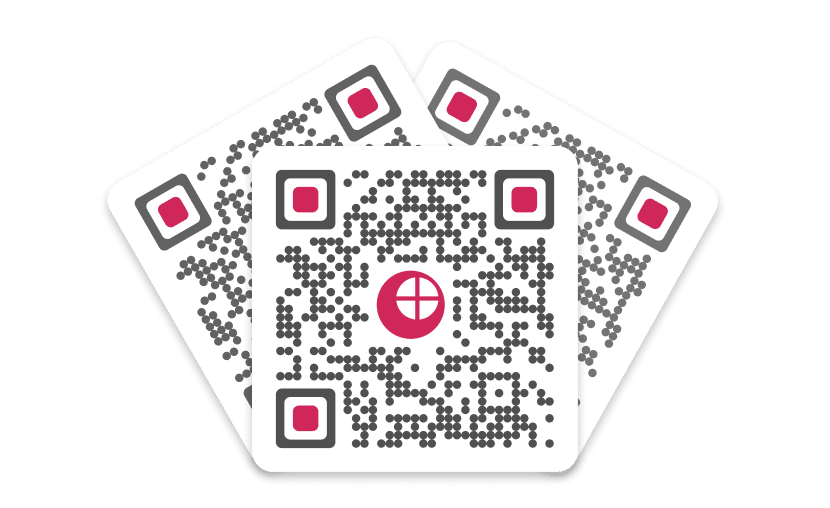

Bulk Generation
Save time and resources by generating GS1 QR Codes in bulk. Effortlessly create GS1 QR Codes for all your product SKUs in one go, streamlining your labeling process and ensuring compliance across the entire product line. Reduce the risk of manual data entry errors and ensure data accuracy across your entire inventory.
Save time and resources by generating GS1 QR Codes in bulk. Effortlessly create GS1 QR Codes for all your product SKUs in one go, streamlining your labeling process and ensuring compliance across the entire product line. Reduce the risk of manual data entry errors and ensure data accuracy across your entire inventory.
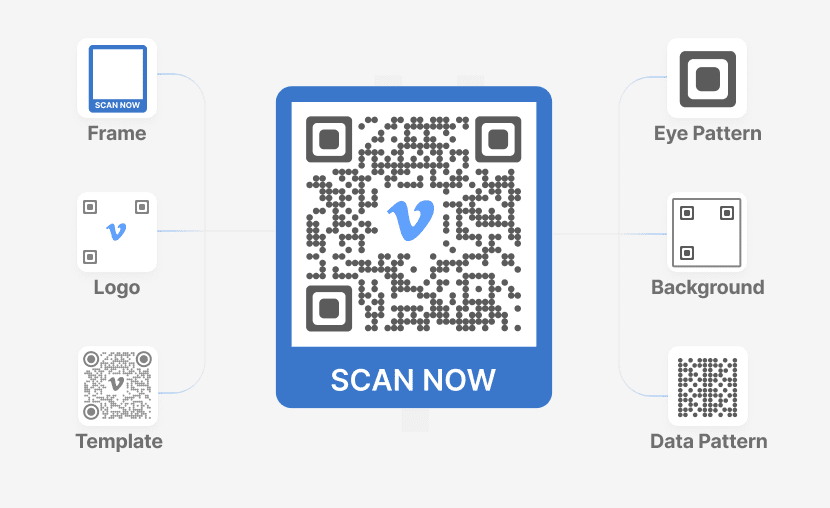

Customizable Design
Differentiate your brand by creating visually striking GS1 QR Codes. Leverage AI-generated designs, distinctive logos, frames, and more to ensure your QR Codes are functional and eye-catching. This degree of personalization strengthens brand recognition and promotes user engagement.
Differentiate your brand by creating visually striking GS1 QR Codes. Leverage AI-generated designs, distinctive logos, frames, and more to ensure your QR Codes are functional and eye-catching. This degree of personalization strengthens brand recognition and promotes user engagement.
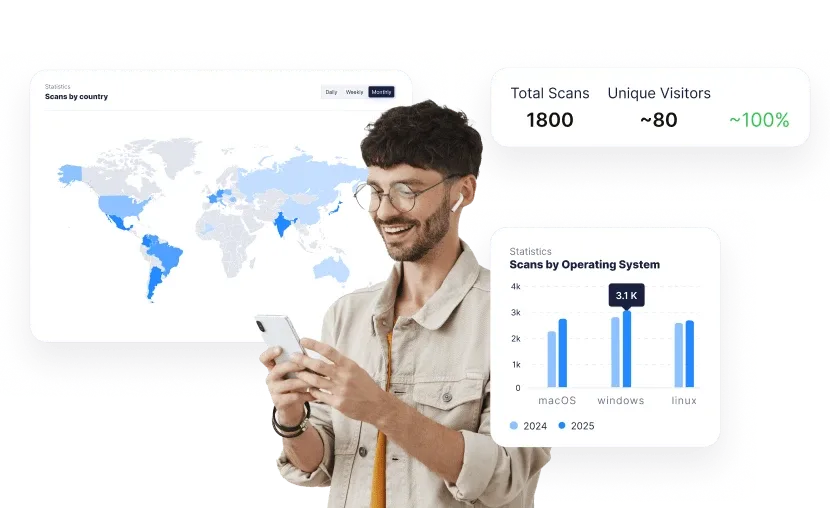

Tracking & Analytics
Dynamic GS1 QR Codes provide robust tracking and analytics capabilities. Businesses can monitor scan data like number of scans, exact geographic location, and device types. This information helps companies gain insights into consumer behavior. Scanova's data shows that nearly 98% of created QR Codes are Dynamic, reflecting a strong trend toward real-time tracking.
Dynamic GS1 QR Codes provide robust tracking and analytics capabilities. Businesses can monitor scan data like number of scans, exact geographic location, and device types. This information helps companies gain insights into consumer behavior. Scanova's data shows that nearly 98% of created QR Codes are Dynamic, reflecting a strong trend toward real-time tracking.
Discover GS1 digital link QR Codes
Creating a GTIN QR Code with Scanova
Follow these steps to create a GTIN QR Code
Select Category
Log in to Scanova. Go to QR Codes, click on Create QR Code, and opt for GS1 QR Code category.
Enter Information
Select resolver and enter primary key along with other relevant information. You can select and add an output method (website URL, document, or app link) if you opt for Scanova resolver or Scanova-managed custom domain.
Create QR Code
Name your QR Code and add tags (optional). For Dynamic QR Codes, you can activate advanced features such as lead generation. After completing this, click on Create QR Code.
Customize & Download
Test and download the QR Code right away, or tailor it to your needs before downloading.
Amazon, AT&T, Walmart, and other global brands
trust Scanova


From barcode to brand experience: The GS1 QR Code advantage
Adopting GS1 QRs is a strategic move that aligns with modern consumer expectations for
transparency and engagement
Enhanced Data Capacity
GS1 QR Codes can store up to 7,089 numeric characters or 4,269 alphanumeric ones. This capacity allows businesses to include detailed product descriptions, nutritional information, expiration dates, batch/lot numbers, and even serial numbers. This comprehensive data right at the point of interaction can help consumers make confident purchasing decisions.
GS1 QR Codes can store up to 7,089 numeric characters or 4,269 alphanumeric ones. This capacity allows businesses to include detailed product descriptions, nutritional information, expiration dates, batch/lot numbers, and even serial numbers. This comprehensive data right at the point of interaction can help consumers make confident purchasing decisions.
Improved Consumer Engagement
By offering instant access to relevant product information, GS1 QR Codes enhance consumer engagement significantly. When customers scan these codes, they can access product details, promotions, tutorials, and sustainability information. As per a recent survey by GS1, 77% say product information is important when making a purchase.
By offering instant access to relevant product information, GS1 QR Codes enhance consumer engagement significantly. When customers scan these codes, they can access product details, promotions, tutorials, and sustainability information. As per a recent survey by GS1, 77% say product information is important when making a purchase.
Streamlined Supply Chain Processes
GS1 QR Codes facilitate better inventory management by providing real-time tracking of products from manufacturing to delivery. The integration of GS1 QR Codes with inventory management systems enables automated replenishment based on current stock levels, minimizing manual errors and operational costs.
GS1 QR Codes facilitate better inventory management by providing real-time tracking of products from manufacturing to delivery. The integration of GS1 QR Codes with inventory management systems enables automated replenishment based on current stock levels, minimizing manual errors and operational costs.
Enhanced Traceability & Compliance
The ability to track products throughout their lifecycle is vital in industries like food and pharmaceuticals. GS1 QR Codes improve traceability by linking products to their origins, ensuring that businesses can quickly respond to recalls or safety alerts. In case of a product recall, these codes allow for immediate access to updated information.
The ability to track products throughout their lifecycle is vital in industries like food and pharmaceuticals. GS1 QR Codes improve traceability by linking products to their origins, ensuring that businesses can quickly respond to recalls or safety alerts. In case of a product recall, these codes allow for immediate access to updated information.
20+ industry leaders like Nestle and L'Oréal unite to back
GS1 QR Codes
Discover how GS1 QR Codes are transforming industries by enhancing efficiency,
safety, and consumer engagement

Retail
In retail, GTIN QR Codes enhance the shopping experience by providing customers with instant access to detailed product information, such as ingredients and usage instructions. They also enable retailers to offer promotional deals and loyalty rewards directly through scans. Additionally, these codes streamline inventory management by updating stock levels in real-time.
In retail, GTIN QR Codes enhance the shopping experience by providing customers with instant access to detailed product information, such as ingredients and usage instructions. They also enable retailers to offer promotional deals and loyalty rewards directly through scans. Additionally, these codes streamline inventory management by updating stock levels in real-time.
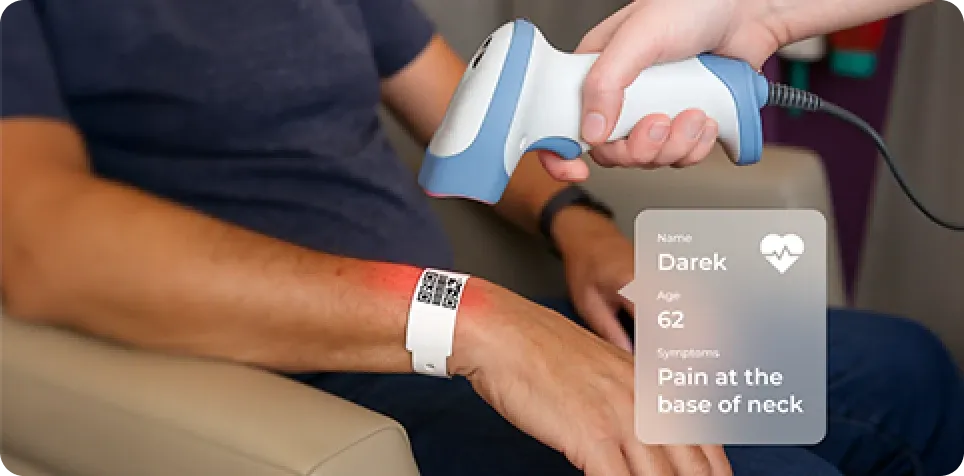
Healthcare
In healthcare settings, GS1 QR Codes improve patient safety and operational efficiency. Healthcare professionals can quickly verify medications and access critical patient records by scanning these codes. They also facilitate equipment tracking, ensuring that medical devices are readily available and compliant with health regulations, ultimately enhancing workflow efficiency.
In healthcare settings, GS1 QR Codes improve patient safety and operational efficiency. Healthcare professionals can quickly verify medications and access critical patient records by scanning these codes. They also facilitate equipment tracking, ensuring that medical devices are readily available and compliant with health regulations, ultimately enhancing workflow efficiency.
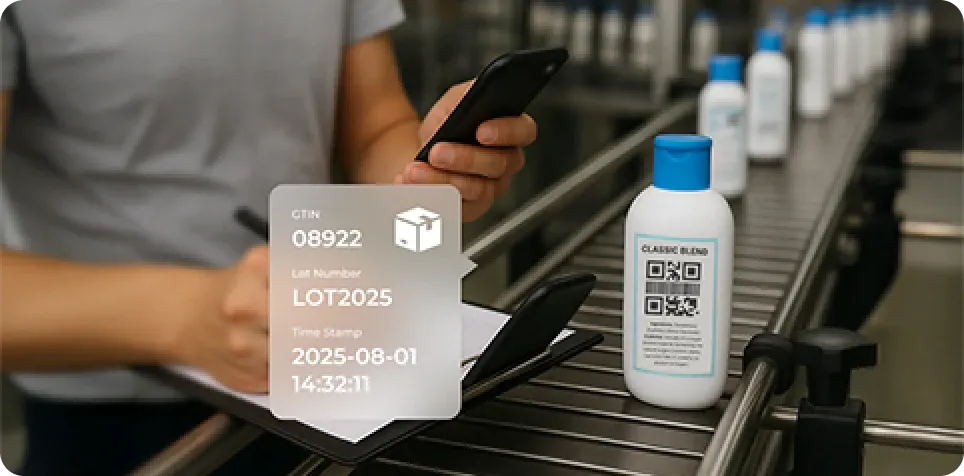
Manufacturing
GS1 QR Codes are vital in manufacturing for real-time product tracking along the assembly line. By scanning these codes, manufacturers can monitor each item's status and ensure quality control throughout production. This automation reduces manual entry errors and enhances supply chain transparency, leading to more efficient operations throughout.
GS1 QR Codes are vital in manufacturing for real-time product tracking along the assembly line. By scanning these codes, manufacturers can monitor each item's status and ensure quality control throughout production. This automation reduces manual entry errors and enhances supply chain transparency, leading to more efficient operations throughout.
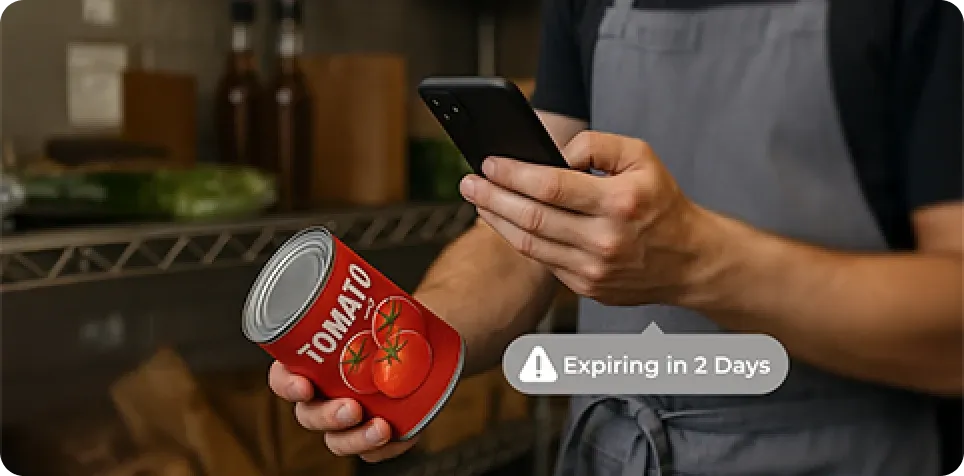
Food & Beverages
In the food industry, GS1 QR Codes enhance traceability and consumer trust by allowing customers to learn about a product's origin and sourcing practices. They also help brands monitor expiration dates more effectively, providing automated alerts for products nearing expiration. This capability promotes freshness and reduces food waste, aligning with consumer demand for transparency.
In the food industry, GS1 QR Codes enhance traceability and consumer trust by allowing customers to learn about a product's origin and sourcing practices. They also help brands monitor expiration dates more effectively, providing automated alerts for products nearing expiration. This capability promotes freshness and reduces food waste, aligning with consumer demand for transparency.
Get desired results for your business with Scanova's
GS1 QR Code Generator
Best brands in the world trust Scanova QR Code Generator
Your security and privacy are Scanova's top priorities
Scanova ensures superior data protection by adhering to ISO/IEC 27001:2022, GDPR,
and SOC2 standards

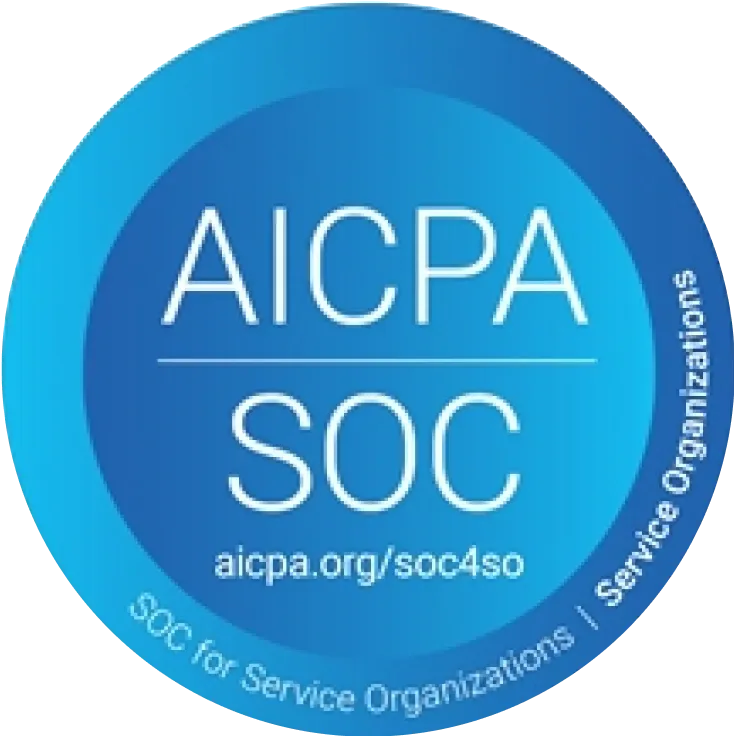
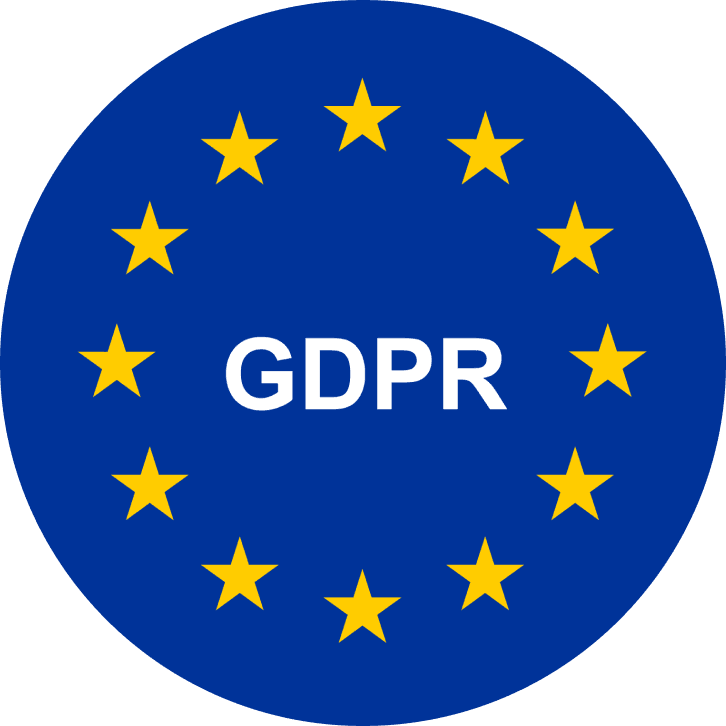
Frequently Asked Questions
Get answers to popular questions about Custom Page QR Codes
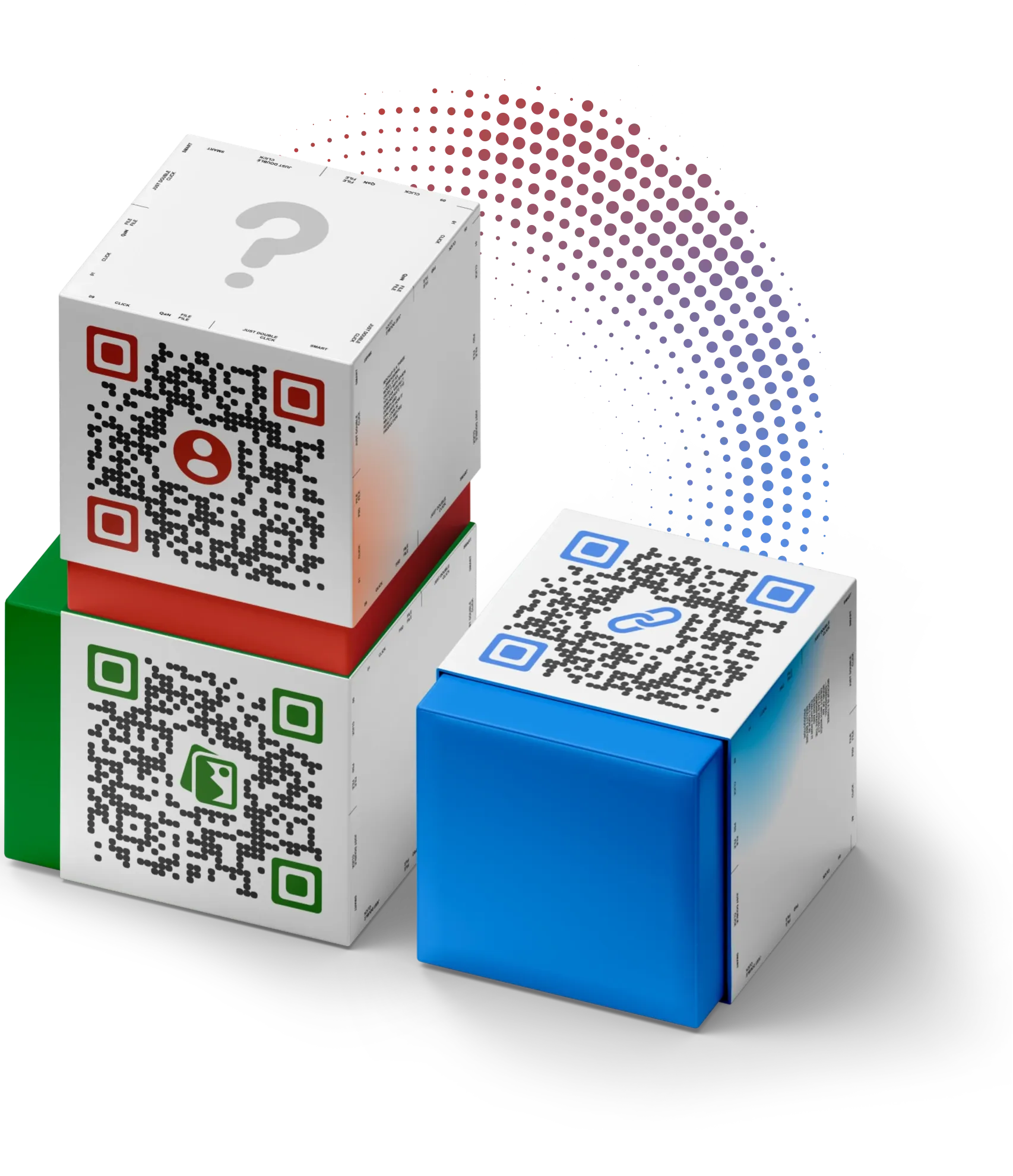
Can I track the scans of my GS1 QR Code?
Yes, you can track scans if you use Scanova’s resolver or custom domain options. However, the standard GS1 Resolver does not offer scan analytics.
Is it possible to use my own domain for GS1 QR Codes?
Absolutely! You can choose to use GS1’s default resolver, Scanova’s resolver, or your own custom domain for managing redirection of your GS1 QR Codes.
Can I modify the destination URL after generating the QR Code?
You can change the destination URL only if you are using Dynamic GS1 QR Codes powered by Scanova’s resolver or a custom domain. Static QR Codes do not allow for URL changes once created.
Is a specific app to scan GS1 Digital Link QR Codes?
Yes, most smartphones are equipped with cameras capable of scanning QR Codes. Users of Android devices can use Google Lens or any third-party scanning application, while iPhone users have the option to scan directly with their camera app.
Get started with Scanova
Create QR Codes as per your need with ease






